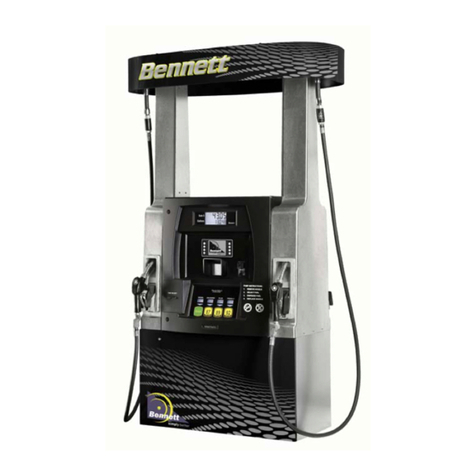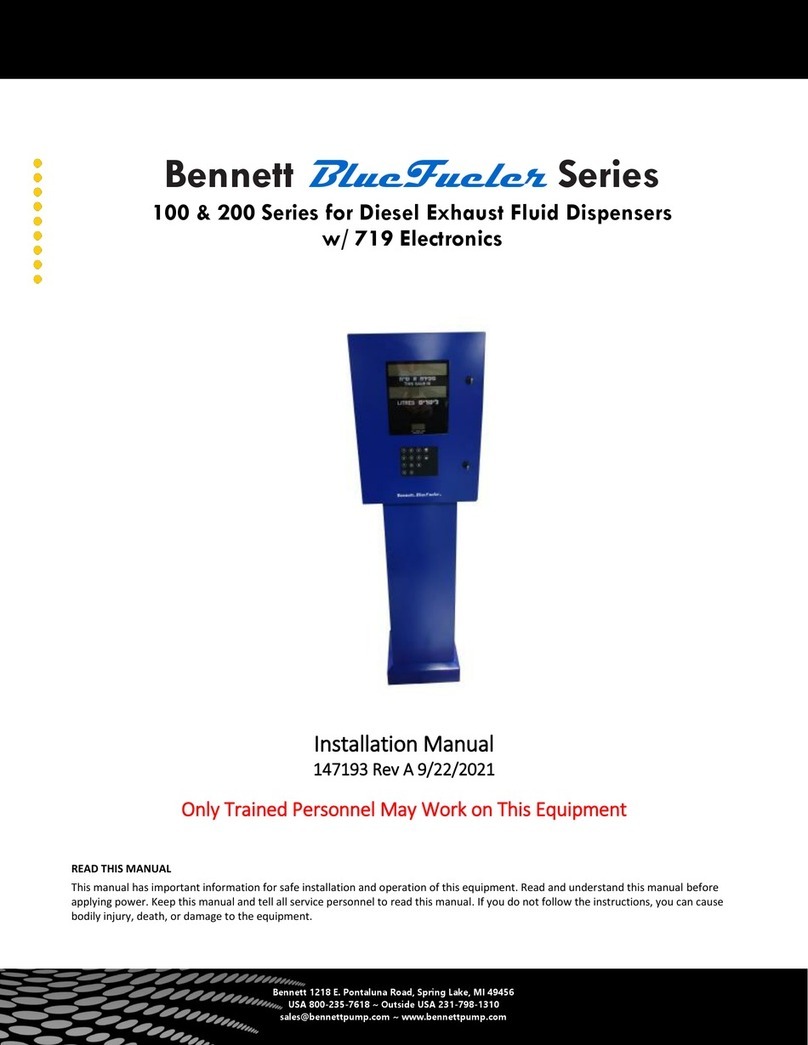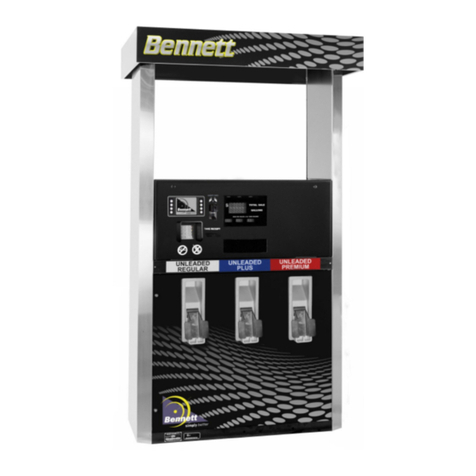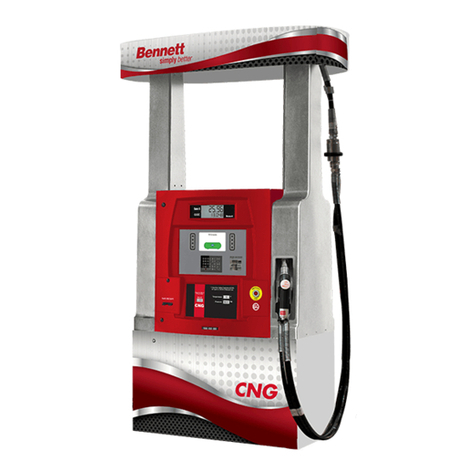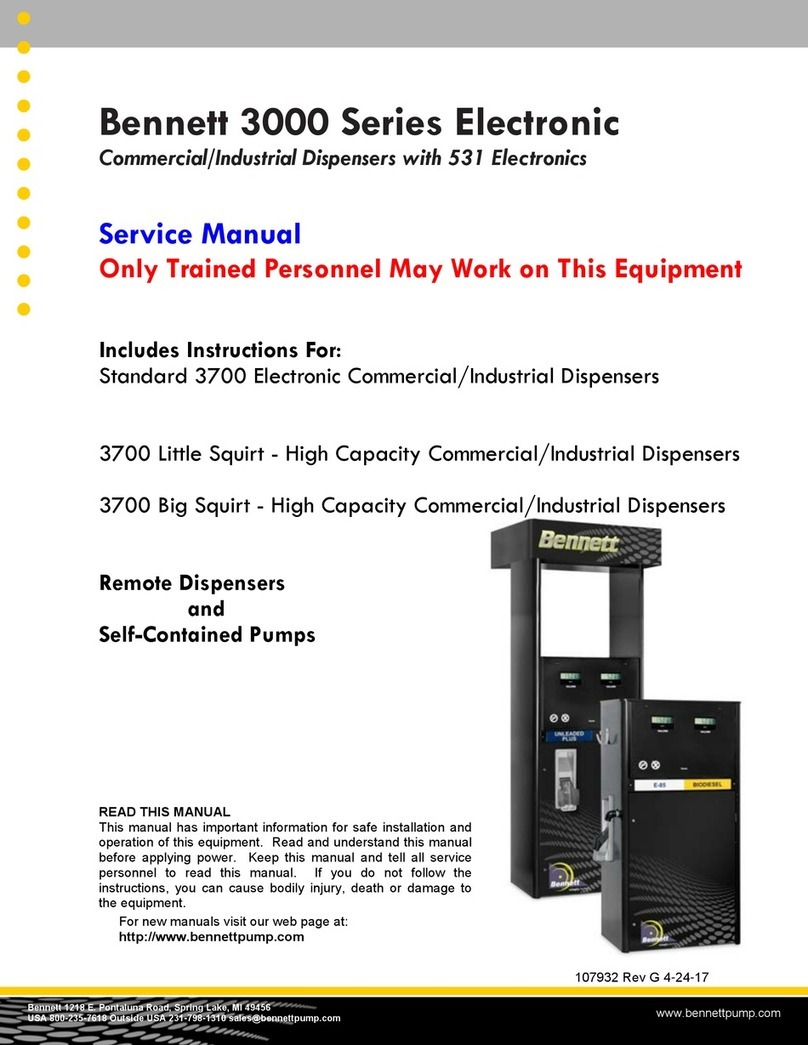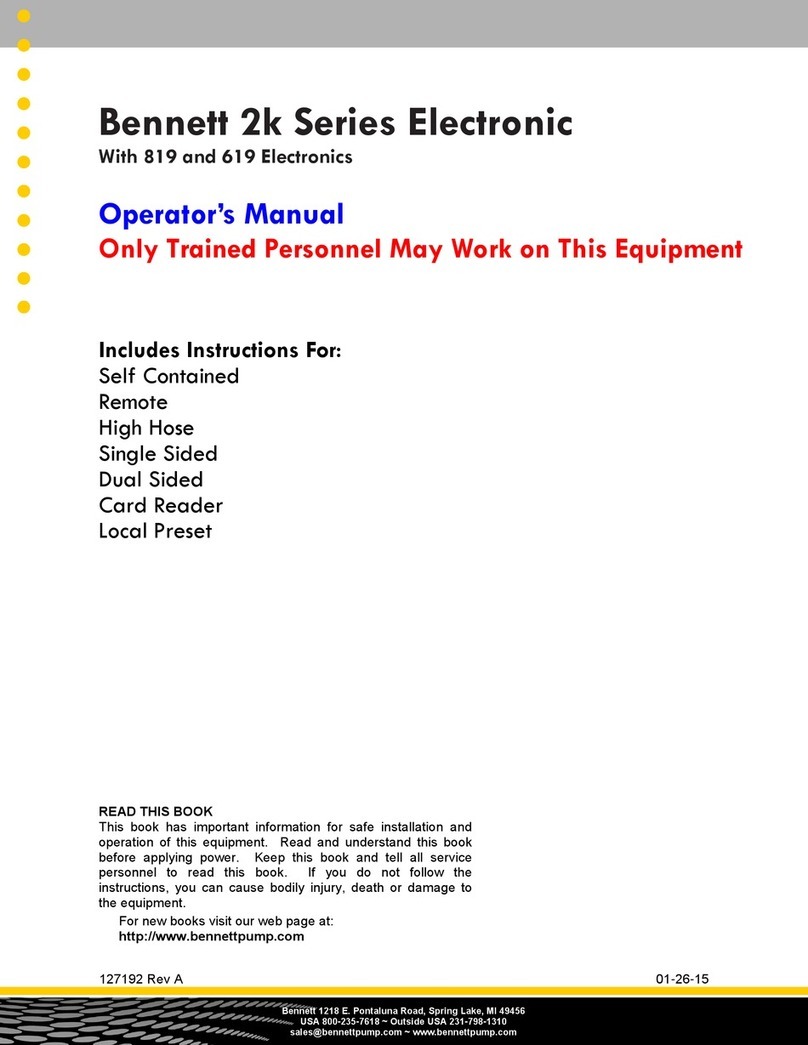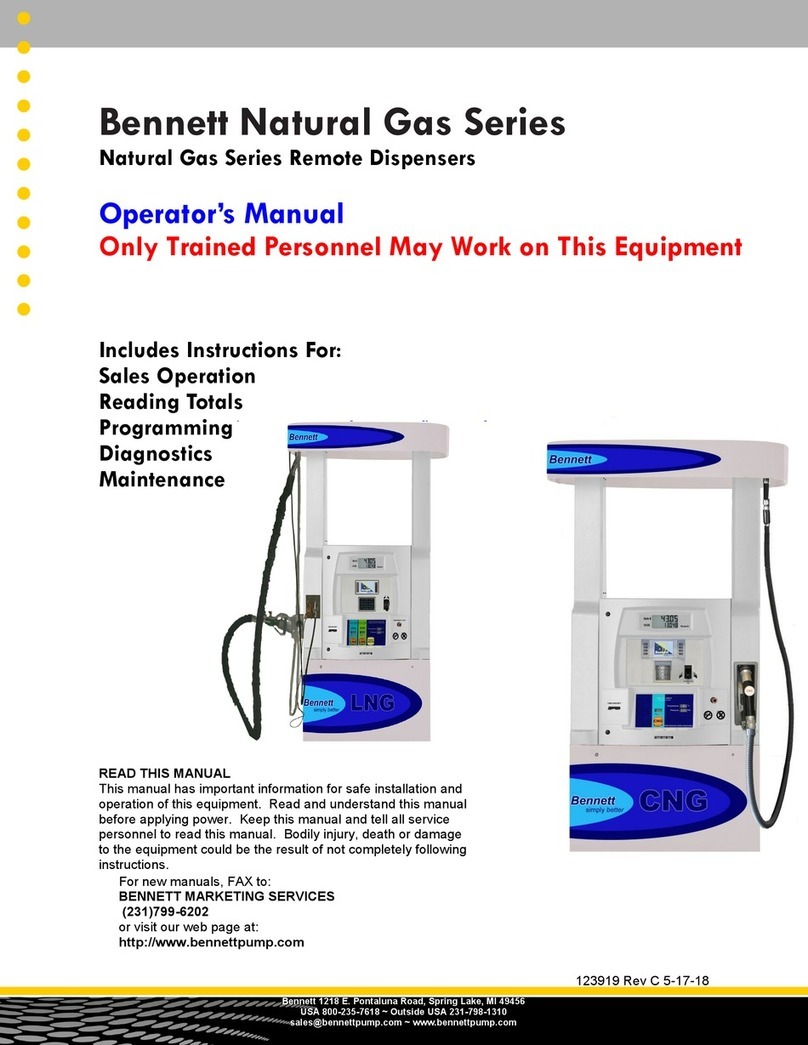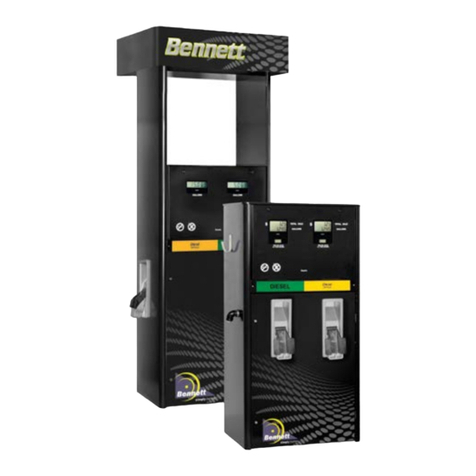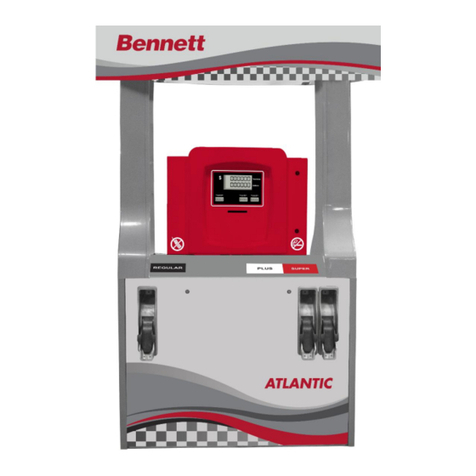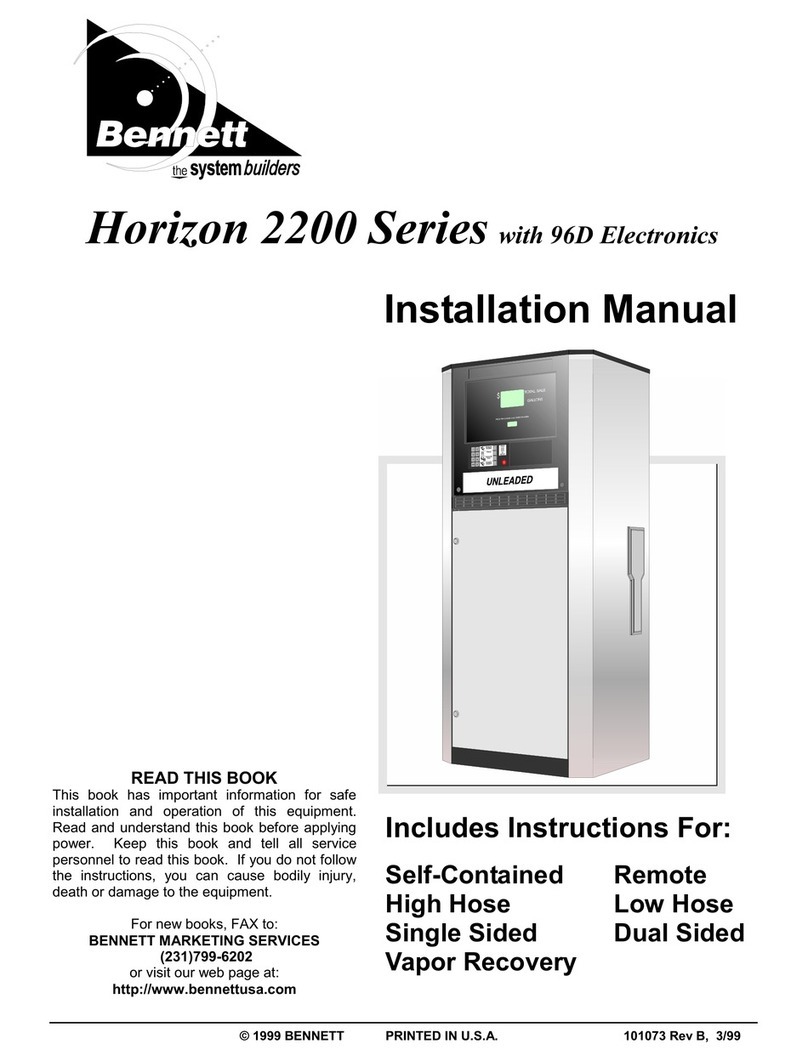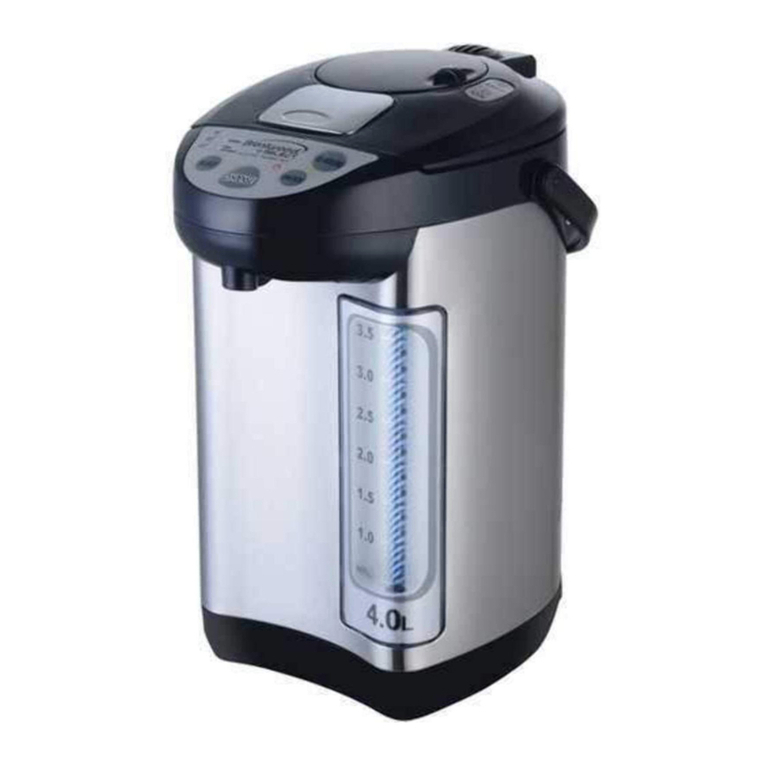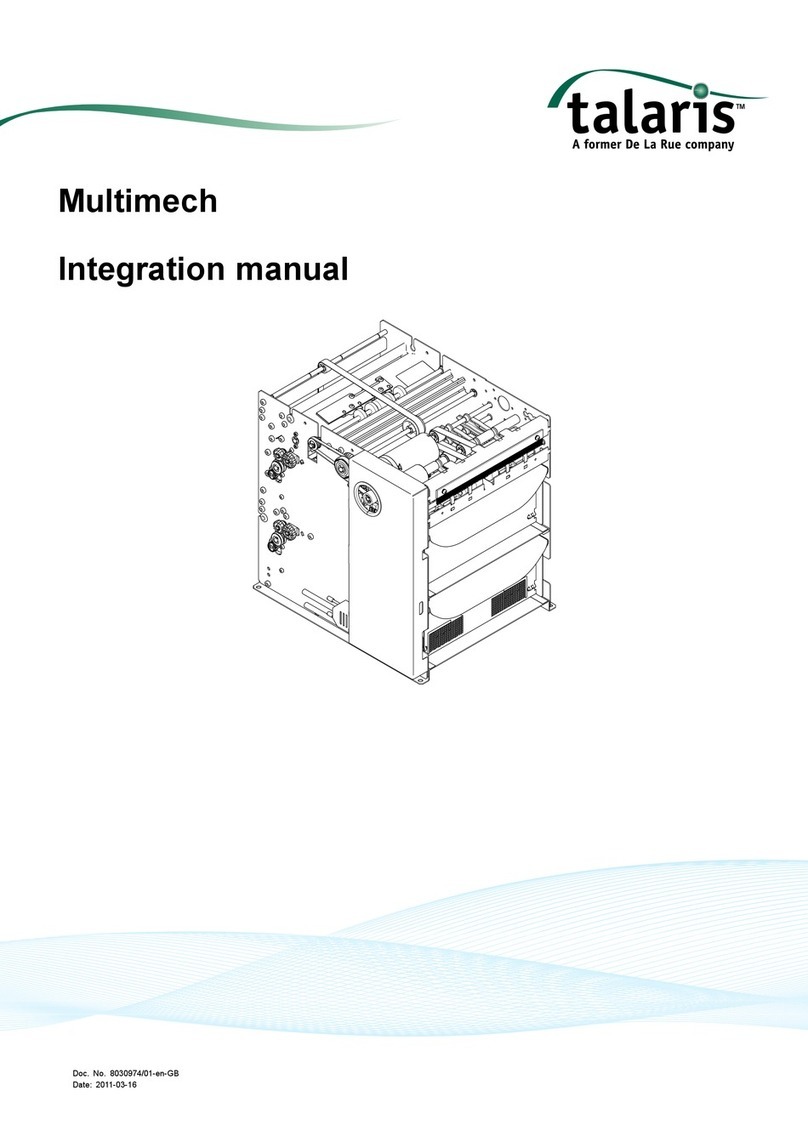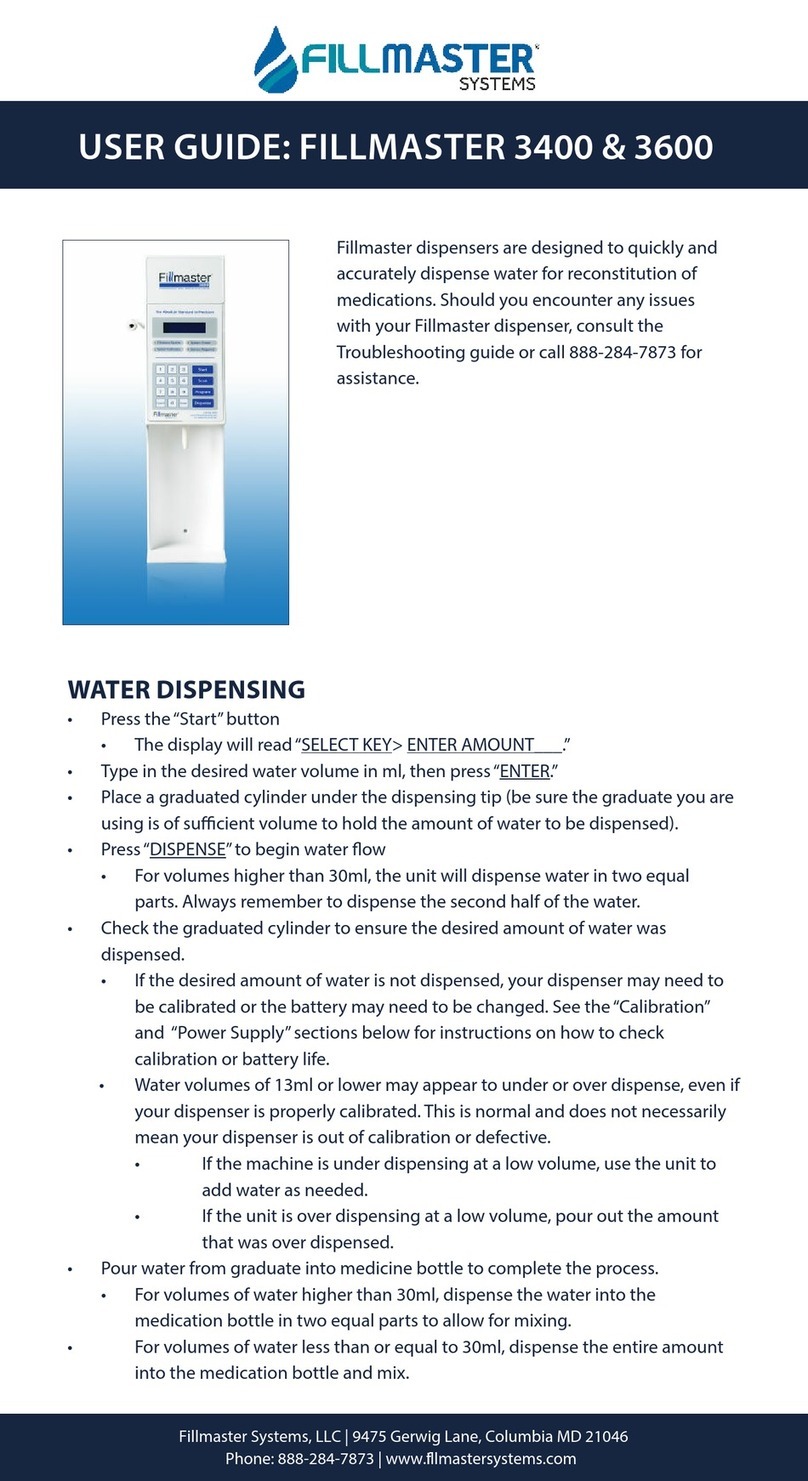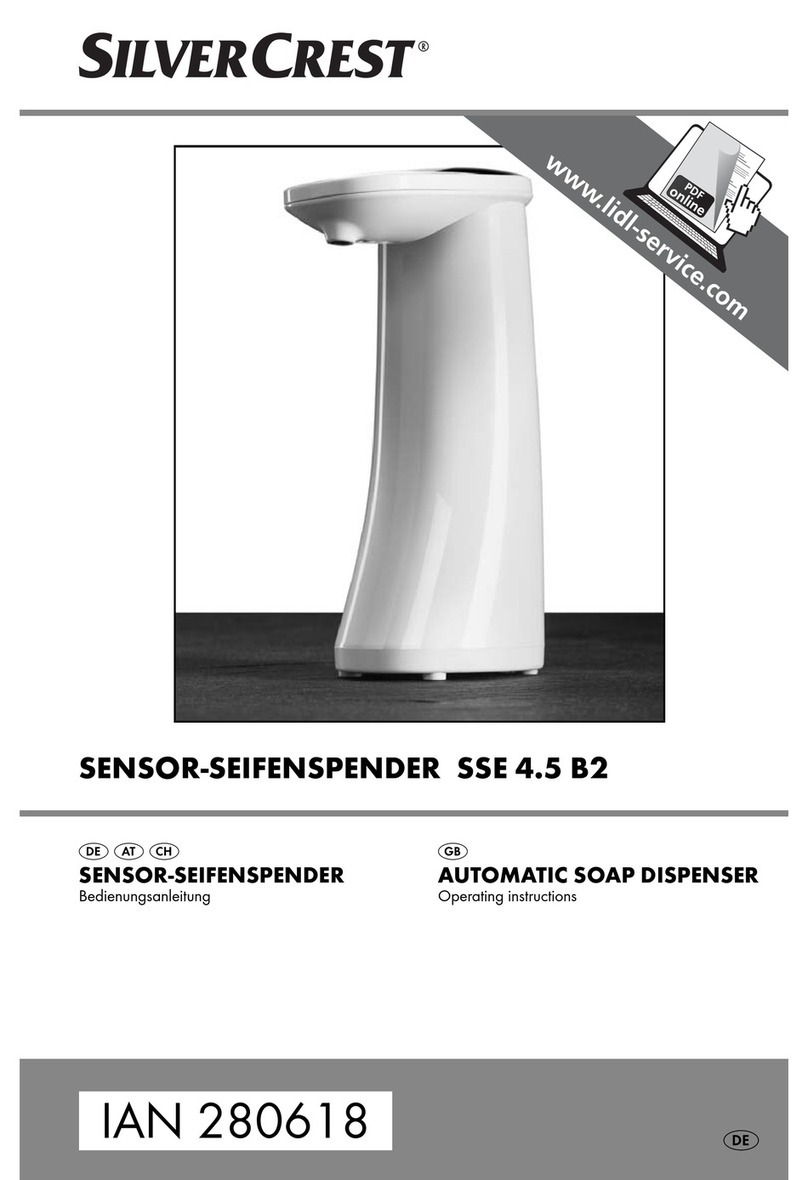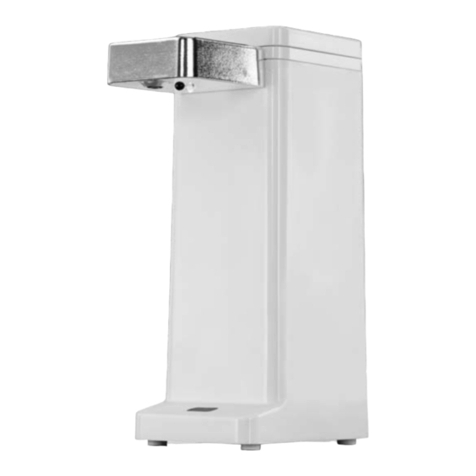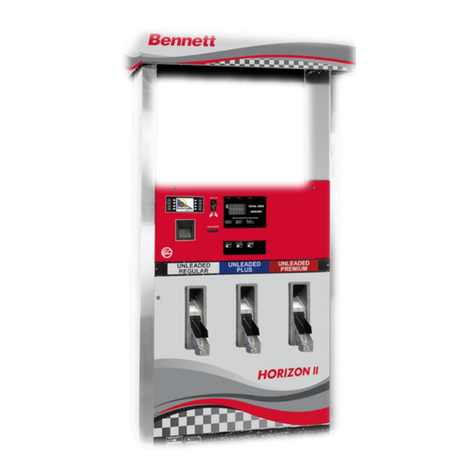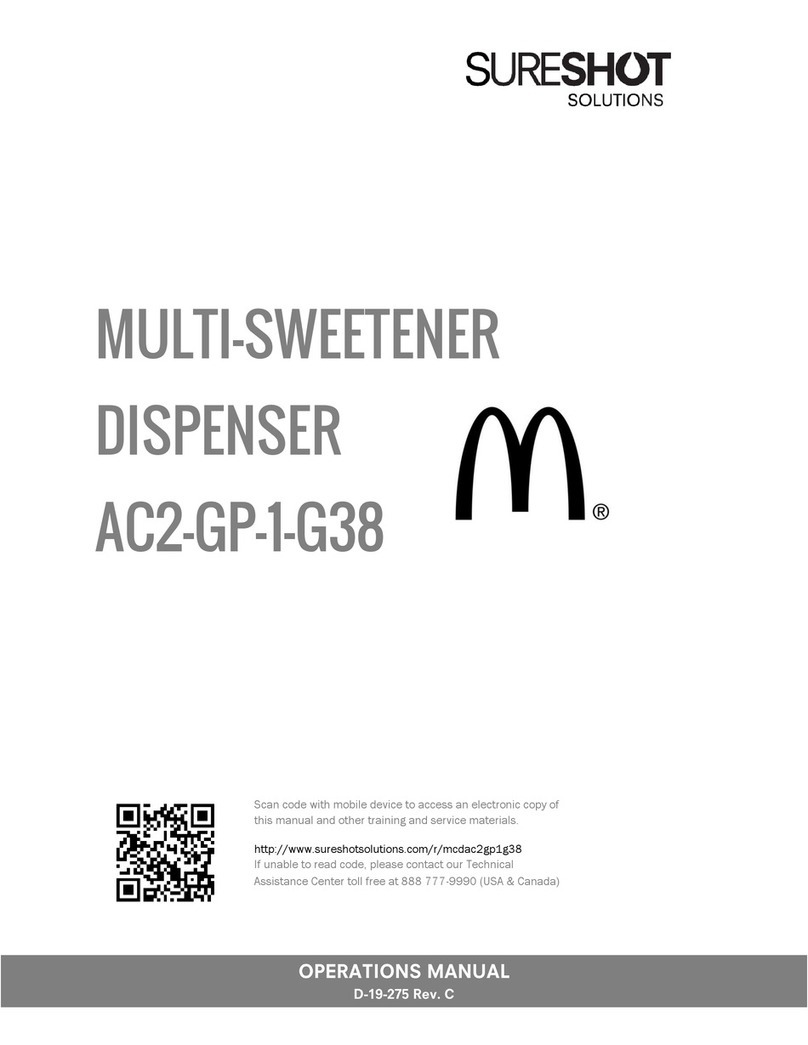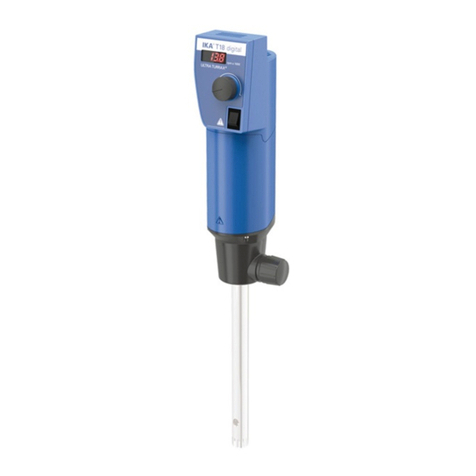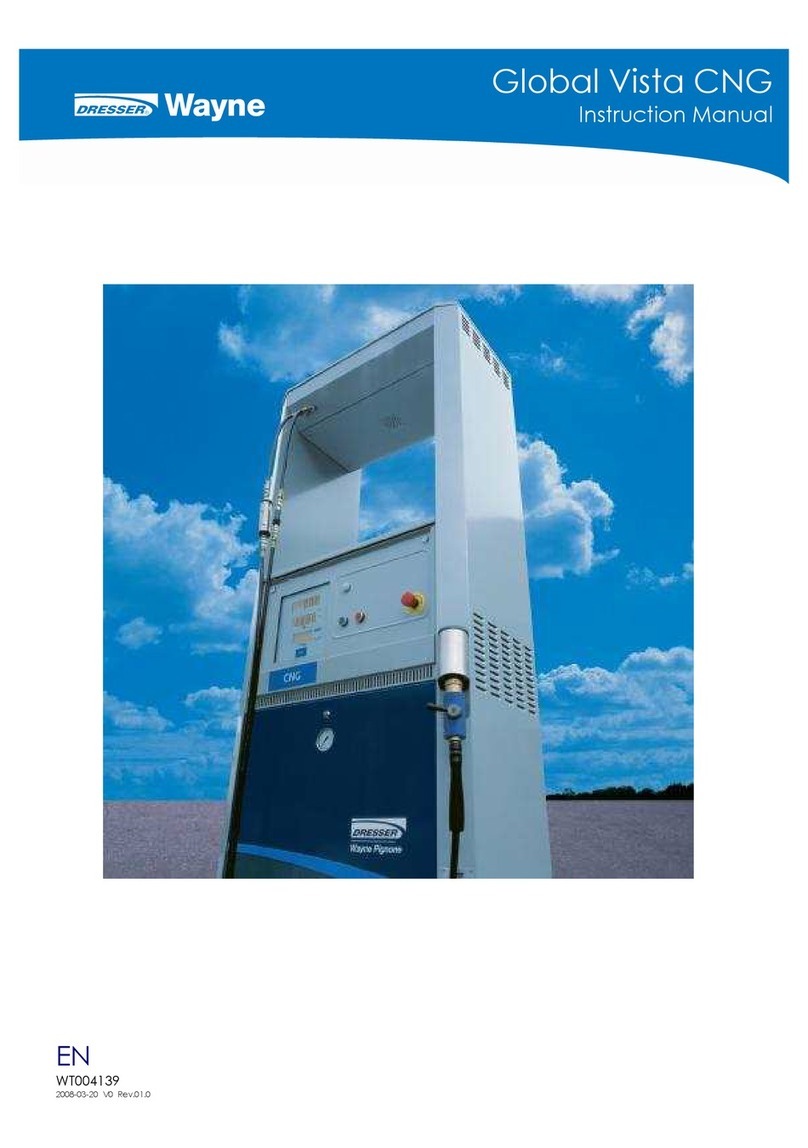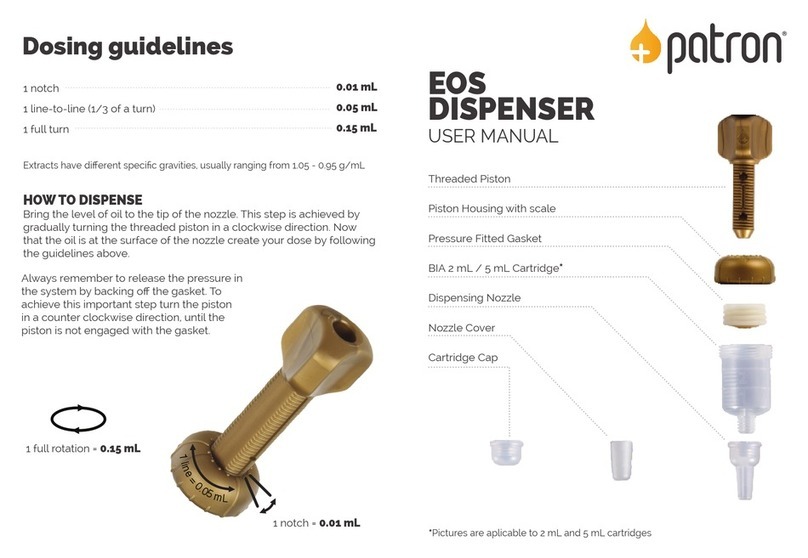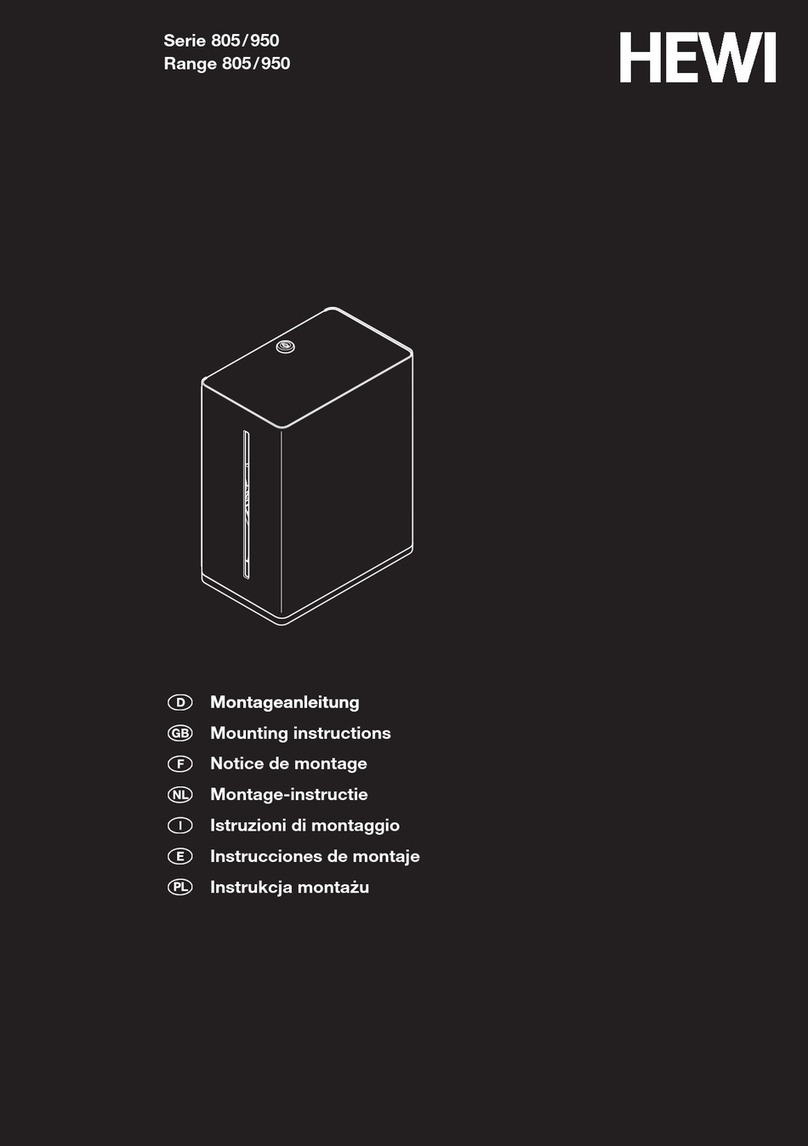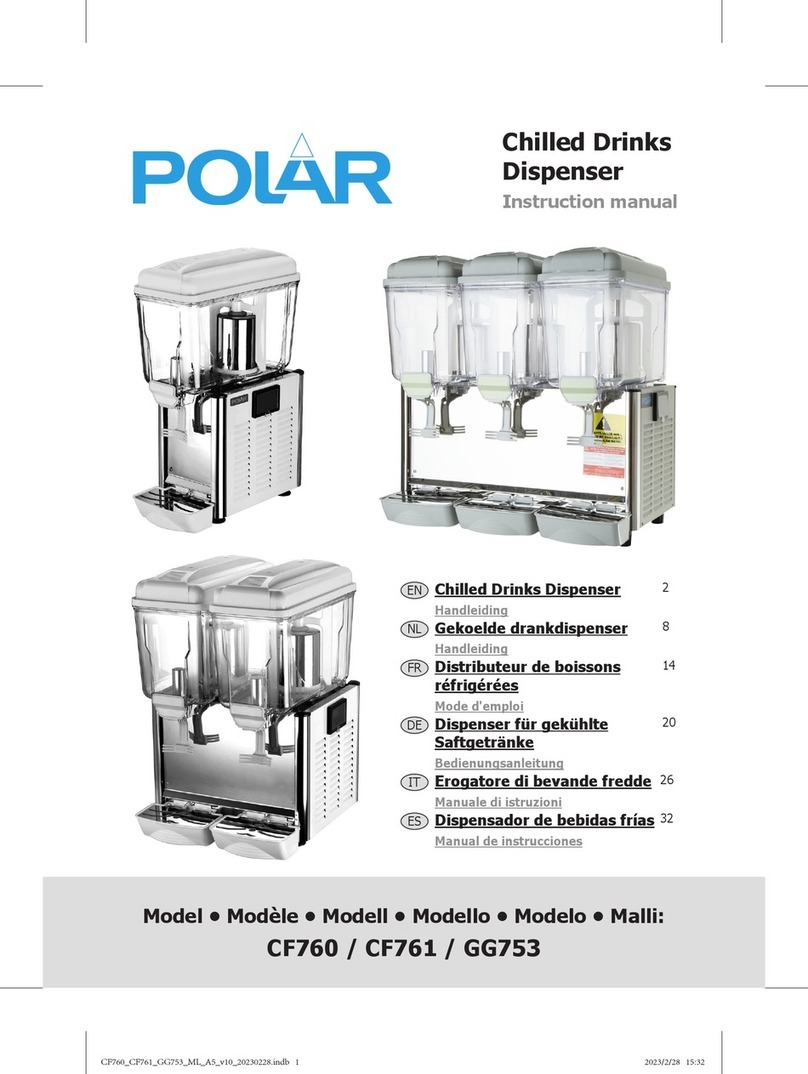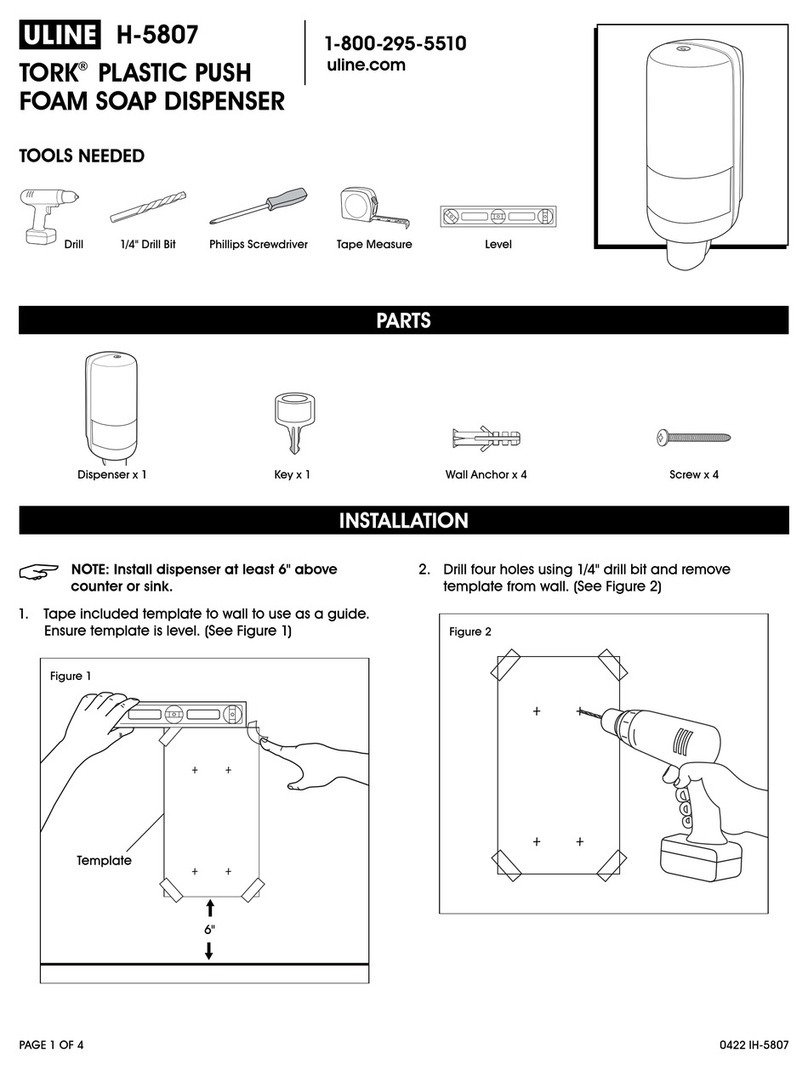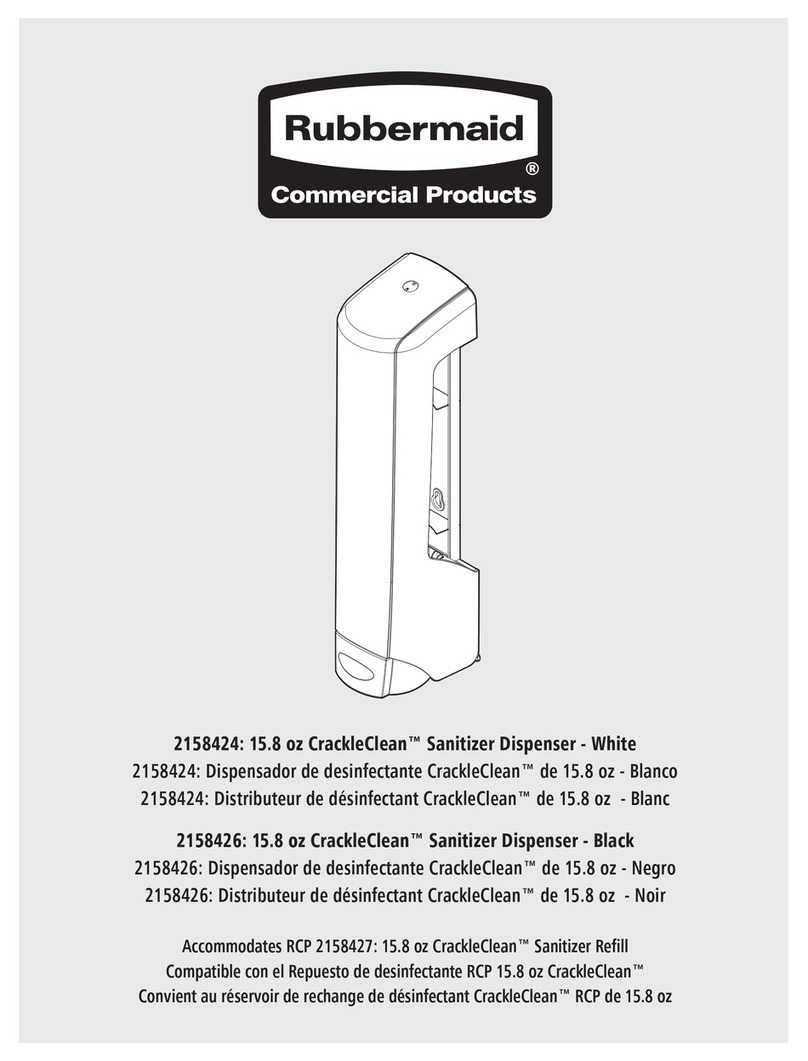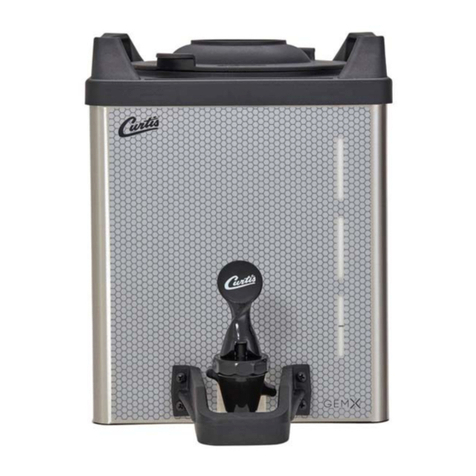13 135113 Rev C 4/2/18
One motor wire connects to TS2, terminal 2 of the CPU Board (factory connected) and the other wire is left detached for the installer to
connect the pump motor's neutral, which comes directly from the Circuit Breaker or Phase 2 if using 240 volts to run the Product A
motor.
The Hot wire for the suction pump's motor comes directly from the Circuit Breaker for Product A and connects to TS2, terminal 1 of the
CPU Board.
If this is a two product pump, then the wire from the Product B motor goes to TS2, terminal 4 of the CPU Board (factory connected) and
the other wire is left detached for the installer to connect the pump motor's neutral, which comes directly from the Circuit Breaker or
Phase 2 if using 240 volts to run the Product B motor.
The Hot wire for the suction pump's motor comes directly from the Circuit Breaker for Product B and connects to TS2, terminal 3 of the
CPU Board.
1. Turn on the Product A's pump motor's Circuit Breaker. With the lever lowered, use a voltmeter to verify that 120vac is on TS2, terminal 1 of
the CPU Board. If the pump's motor is switched to high (240VAC) then verify that 120VAC is on the wire that the installer connected directly
from the circuit breaker to the pump motor's wire.
2. Turn off the Product A's pump motor's Circuit Breaker.
3. Repeat this test for Product B using TS2, terminal 3 of the CPU Board for 120vac. If the pump's motor is switched to high (240vac) then verify
that 120VAC is on the wire that the installer connected directly from the circuit breaker to the pump motor's wire.
STEP 11A - PURGING PRODUCT LINES FOR REMOTE DISPENSERS
The remote dispenser product lines must be purged of all air that may be trapped in the lines. All electrical connections must be made and verified
at this time.
CAUTION: DO NOT USE THE DISPENSER TO PURGE AIR FROM THE PRODUCT LINES. RUNNING THE METER IN A DRY CONDITION AND
AT THE HIGH SPEEDS RESULTING FROM PRESSURIZED AIR, WILL DAMAGE THE METER AND VOID THE BENNETT LIMITED
WARRANTY.
The emergency shutoff valve contains a test port that may be used to bleed off air that may be trapped in the product lines. Manually close the
emergency shutoff valve. Do not leave this process unattended while purging the air from the product lines. Turn off the breaker to the
submerged pump before removing the plug. Remove the plug and insert a hose with a ball valve to control fuel leakage. Turn on the breaker to the
submerged pump after connecting the hose. Turn on the submerged pump and open the ball valve until fuel begins to come out. After fuel comes
out close the ball valve, turn off the submerged pump using the circuit breaker, drain the hose by opening the ball valve, remove the hose, and
reinsert the plug. If more than one dispenser is on a submerged pump product feed line, start this purging process at the dispenser furthest from
the submerged pump and work backwards toward the submerged pump.
WARNING: TAKE APPROPRIATE MEASURES TO CONTAIN ANY PRODUCT EMERGING FROM THE TEST PORT. DISPOSE OF ANY SPILLED
PRODUCT IN PROPER MANNER CONSISTENT WITH APPLICABLE LAWS AND CODES.
Manually open the emergency shutoff valve and lock it into the “on” position according to the instructions from the valve manufacturer. Use a test
prover can or other appropriate approved container to dispense 50 to 100 gallons or 175 to 350 liters through the dispenser. Begin dispensing by
only slightly opening the nozzle to allow any entrapped air in the dispenser to slowly release through the nozzle. This prevents an over-speed pulser
error.
Once the dispenser has dispensed 50 gallons of fuel, the SB100 meter should be tested for calibration.
STEP 11B - PURGING PRODUCT LINES FOR SUCTION SYSTEMS
The Suction pump product lines must be purged of all air that may be trapped in the lines. All electrical connections must be made and verified at
this time.
The pumping unit evacuates all the air in the pipe before it gets to the meter. The air is expelled through the vent at the top of the pumping unit.
Nothing but fuel should pass through the meter. The meter will not turn until fuel enters the pump and pressurizes the system.
WARNING: TAKE APPROPRIATE MEASURES TO CONTAIN ANY PRODUCT EMERGING FROM THE AIR ELIMINATION CHAMBER TUBE.
DISPOSE OF ANY SPILLED PRODUCT IN PROPER MANNER CONSISTENT WITH APPLICABLE LAWS AND CODES.
CAUTION: DO NOT RUN PUMPING UNITS FOR MORE THAN 5 MINUTES WITHOUT LUBRICATION OR DAMAGE TO THE UNIT CAN
OCCUR. TO AVOID DAMAGE TO PUMPING UNITS RUNNING MORE THAN 5 MINUTES, ADD A QUART OF OIL IN THE AIR
ELIMINATOR FOR LUBRICATION. REFER TO PRIMING THE PUMPING UNIT SECTION BELOW.
PRIMING THE PUMPING UNIT
Under normal circumstances, fuel is present before 5 minutes of pumping but if fuel is not present, the pumping unit MUST be primed. Prime the
pumping unit using the Air Eliminator Vent or the Drain Plug located on the strainer cover to pour product into the pumping unit to prevent the
pumping unit from running dry.
Use a test prover can or other appropriate approved container to dispense 50 gallons or 175 liters through the pump. Begin dispensing by only
slightly opening the nozzle to allow any entrapped air in the dispenser to slowly release through the air eliminator. This prevents over-speeding of
the meter.
Once the pump has dispensed 50 gallons of fuel, the SB100 meter should be tested for calibration.


















